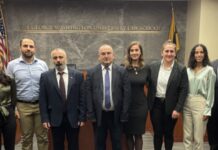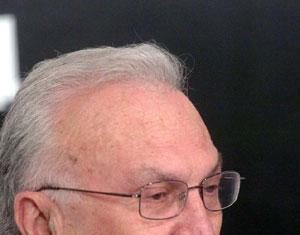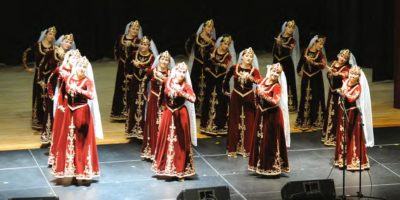By Edmond Y. Azadian
The Orange Revolution and the Rose Revolution brought regime changes in Ukraine and Georgia, respectively, but Armenia was spared during both cases and maintained its stability throughout those stormy periods. But rumors, forecasts and political analyses always pointed to the possibility of a color revolution in Armenia as well.
President Serge Sargisian’s administration weathered successfully the tides of unrest fomented by the opposition, and taking the initiative, it also deflated the opposition.
Levon Ter-Petrosian’s National Congress Party, which fed on the popular discontent, could not use its ammunition to the fullest. Therefore, although the opposition was cut to size and contained, popular discontent remained as a latent force for any future politician to explore and explode. The economy continued in stagnation, emigration reached dangerous proportions and Armenia’s dependence on Russia compromised its sovereignty. It seemed that those social and political problems had not eroded the power of the ruling elite. But recent developments indicate that challenges are on their way and the administration is under constant pressure. Those pressures yield result when coupled with outside factors.
In recent days, dramatic changes have taken place in Armenia’s domestic political landscape. But to view and analyze the developments within the context of internal political life may be too simplistic and inconclusive. Currently, Russia is under siege because of the turmoil in Ukraine; Moscow blames the US and the West for NATO creeping closer and closer to Russian borders and the West’s countercharge is that Moscow is fomenting turmoil in former Soviet Republics. No matter where the truth stands, ensuing problems will impact Armenia as well, since the country is so integrated with Russia socially, economically, politically and militarily.









